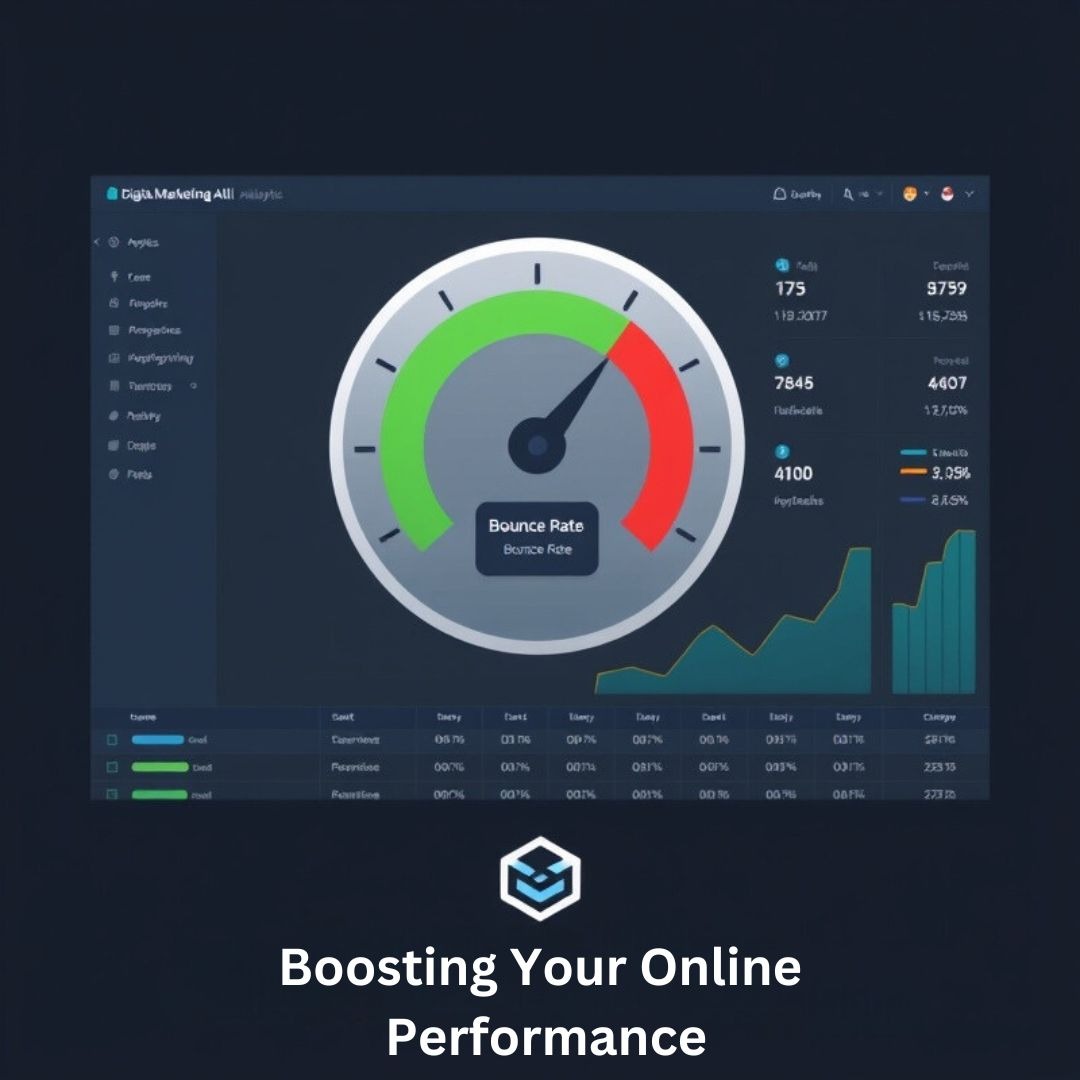Mastering Bounce Rate in Google Analytics 4: Boost Your Website Performance
Understanding and optimizing bounce rate is crucial for improving website performance and user engagement. In this comprehensive guide, we'll explore what bounce rate is in Google Analytics 4 (GA4), why it matters, and how to reduce it effectively.

What is Bounce Rate in GA4?
In Google Analytics 4, bounce rate is defined as the percentage of sessions that were not engaged sessions. An engaged session is one that:
- Lasted 10 seconds or longer
- Had a conversion event
- Had 2 or more page or screen views
This definition differs from Universal Analytics, where a bounce was a single-page session without any interactions.
Why is Bounce Rate Important for SEO and User Experience?
A high bounce rate can negatively impact your website's performance in several ways:
- Reduced conversions and sales
- Increased cost per acquisition in paid advertising
- Potential negative impact on search engine rankings
- Indication of poor user experience or content relevance
Monitoring and optimizing your bounce rate is essential for improving overall website performance and user satisfaction. At Digital Marketing All, we specialize in helping businesses understand and optimize their bounce rates, ensuring your website performs at its best.
How to Calculate Bounce Rate
In GA4, bounce rate is calculated as:Bounce Rate = (1 - Engaged Sessions / Total Sessions) * 100For example, if your website had 1,000 total sessions and 700 engaged sessions:Bounce Rate = (1 - 700 / 1,000) * 100 = 30%
Finding Bounce Rate in GA4 Reports
To view bounce rate in GA4:
- Go to Reports > Engagement > Pages and screens
- Add the "Bounce rate" metric to your report
- Analyze bounce rate for individual pages or your entire website
Interpreting Bounce Rate Data
When analyzing bounce rate:
- Compare against industry benchmarks
- Look for patterns across different page types
- Consider user intent and page purpose
- Analyze in conjunction with other metrics like average session duration and pages per session
14 Proven Strategies to Reduce Bounce Rate
- Improve website readability and user experience (UX)
- Remove intrusive interstitials and pop-ups
- Create compelling calls-to-action (CTAs)
- Enhance brand storytelling
- Keep content up-to-date and relevant
- Focus on high-volume, intent-driven keywords
- Align content with audience needs and preferences
- Craft attractive meta descriptions for search results
- Build targeted landing pages for high-volume keywords
- Optimize page load times
- Set external links to open in new windows
- Ensure mobile-friendly design
- Implement E-E-A-T (Experience, Expertise, Authoritativeness, Trustworthiness) signals
- Improve internal linking strategy
Implementing these strategies can be challenging, but you don't have to do it alone. Digital Marketing All offers expert guidance and support to help you optimize your website's bounce rate and overall performance.
Conclusion: Leveraging Bounce Rate for Website Success
Understanding and optimizing bounce rate in Google Analytics 4 is crucial for improving your website's performance, user engagement, and search engine visibility. By implementing the strategies outlined in this guide, you can create a more engaging user experience, reduce bounce rates, and ultimately drive more conversions and revenue for your business.Remember, while bounce rate is an important metric, it's just one piece of the puzzle. Focus on creating high-quality, relevant content and providing an exceptional user experience, and your bounce rate will naturally improve over time.At Digital Marketing All, we're committed to helping businesses like yours navigate the complexities of digital analytics and website optimization. Our team of experts can provide personalized strategies to reduce your bounce rate, improve user engagement, and boost your overall online presence. Don't let high bounce rates hold your website back – contact Digital Marketing All today to start optimizing your digital performance.
 Add Row
Add Row  Add
Add 







